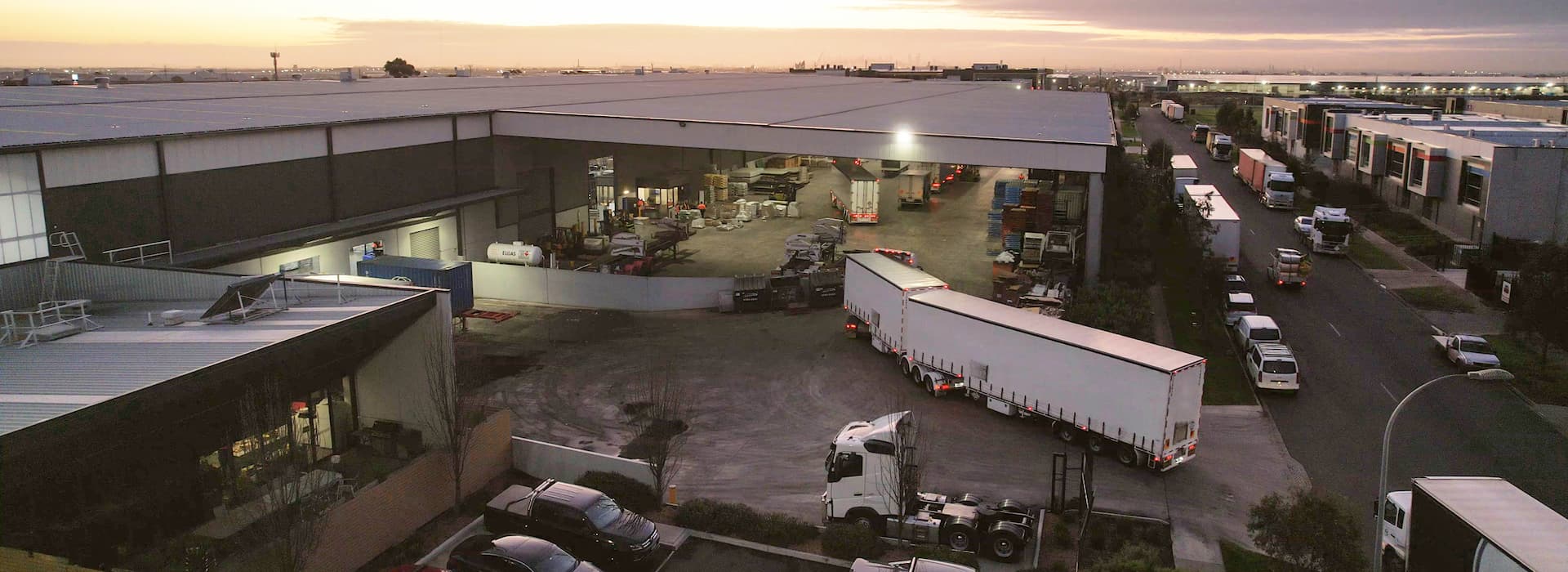Optimising your supply chain is crucial for success in today’s competitive business landscape.
As the Council of Supply Chain Management Professionals (CSCMP) noted, “a strong supply chain is a key differentiator in the global marketplace.”
Third-party logistics (3PL) providers offer comprehensive services to streamline your logistics operations, improve efficiency, and reduce costs.
However, selecting the right 3PL partner can take time and effort with a wide variety of providers and service offerings. An Alliance of Chemical Distributors (ACD) study found that “companies often struggle to identify the right 3PL partner due to the complexity of the 3PL marketplace.”
The key to making an informed decision lies in identifying your specific 3PL needs – a process that requires careful consideration and analysis.
This article will guide you through the essential steps in identifying your 3PL needs. Following this framework, you can understand your requirements and select a 3PL partner who aligns perfectly with your business goals and objectives.

1. Assessing Your Current Operations
The first step towards identifying your 3PL needs involves deeply diving into your current logistics operations. This includes analysing various aspects like:
- Warehousing: Evaluate the size and location of your existing warehouse space, along with your storage and inventory management practices.
- Transportation: Analyse your current transportation modes, shipping volumes, and routes. Consider factors like delivery speed, transportation costs, and environmental impact.
- Order Fulfillment: Assess your order processing times, pick-and-pack procedures, and shipping methods. Identify bottlenecks and areas for improvement.
- Technology: Evaluate your existing technology infrastructure and its compatibility with potential 3PL solutions. Consider integrating your warehouse management system, transportation management system, and other critical software.
Quantifiable data is key to this stage. By gathering information such as shipment volumes, inventory levels, order processing times, and transportation costs, you can clearly understand your current operations and identify areas for improvement.
Conducting a SWOT analysis can also be beneficial, helping you understand your strengths, weaknesses, opportunities, and threats related to your logistics operations.
2. Defining Your Business Goals and Objectives
Once you clearly understand your current operations, the next step is to define your business goals and objectives. Consider your short-term and long-term plans for business growth and how they will impact your logistics needs. Some key questions to ponder include:
- What are your sales growth projections?
- Are you planning to expand into new markets?
- Do you anticipate any changes in your product portfolio or production volume?
- What level of customer service do you want to offer?
- What’s your current financial capability to use 3PL services?
Defining your desired service levels is crucial at this stage. Consider factors such as:
- Order fulfilment: What is your desired order processing time and shipping speed?
- Inventory management: Do you require dedicated inventory space and customised storage solutions?
- Transportation: Do you need special handling for delicate or hazardous materials?
- Visibility and reporting: What level of access and data transparency do you need from your 3PL partner?
- Understanding Different 3PL Service Offerings
Considering your goals and objectives, it’s time to explore the diverse 3PL services available. Here are some key offerings to consider:
- Core Services:
- Warehousing and storage
- Transportation and freight forwarding
- Order fulfillment and pick-and-pack
- Value-Added Services:
- Inventory management and forecasting
- Kitting and assembly
- Reverse logistics and returns management
- Cross-docking and consolidation
- Customs brokerage and trade compliance
- Specialised Services:
- Cold chain logistics for temperature-sensitive products
- E-commerce fulfilment solutions
- High-tech logistics for specialised equipment
- Global logistics and international shipping

3. Conducting a Needs Assessment
Based on your analysis of your current operations, business goals, and available 3PL services, create a list of essential and desirable 3PL services. Prioritise your needs based on their importance and impact on your business goals. Consider factors such as cost, efficiency, flexibility, and scalability.
Furthermore, determine the level of expertise and experience required from your 3PL partner. Do you require a provider with specialised knowledge in your industry or experience handling specific product types? Do you need a solution with a global reach or a local provider with a deep understanding of your regional market?
4. Developing a 3PL Selection Strategy
You can now begin selecting a 3PL partner with a clear understanding of your needs. Here are some key steps involved:
- Identify potential 3PL providers: Research providers in your area or those specialising in your industry or product type. Consider online directories, industry associations, and recommendations from colleagues.
- Define your KPI: Develop performance metrics you want to track from the 3PL partnership.
- Shortlist potential partners: Evaluate shortlisted providers based on your needs assessment, service offerings, experience, reputation, and customer reviews.
- Request proposals (RFPs): Contact your shortlisted providers and request detailed proposals outlining their services, pricing structures, service level agreements (SLAs), and technology capabilities.
- Conduct on-site visits: Schedule visits to the shortlisted 3PL providers’ facilities to meet their team, assess their operations, and gain a firsthand understanding of their capabilities.
- Negotiate service contracts: Review the proposals carefully and negotiate the terms and conditions of your service contract with your chosen 3PL provider. Ensure the contract defines service levels, performance metrics, pricing models, and dispute resolution procedures.
- Establish a communication plan: Define communication protocols with your chosen 3PL provider to ensure clear expectations, timely updates, and efficient collaboration.

What is the Best Order Fulfilment Strategy for My Business?
When determining the best order fulfillment strategy for your business, there are several options to consider.
One approach is in-house fulfillment, where you manage the entire process from warehousing to shipping within your own facilities. This option offers maximum control but requires significant resources and infrastructure.
Alternatively, you can partner with a third-party logistics (3PL) provider, outsourcing the fulfillment process to a specialised company that handles storage, pick-and-pack, and shipping on your behalf. 3PL fulfillment can be cost-effective and scalable, but you sacrifice some control.
Another popular strategy is dropshipping, where you transfer orders and shipment details to a supplier or manufacturer, who then ships the products directly to your customers. Dropshipping minimises inventory costs but may limit branding and customer experience control.
By evaluating factors like order volume, product complexity, and growth plans, you can determine the best order fulfilment strategy your business needs.

